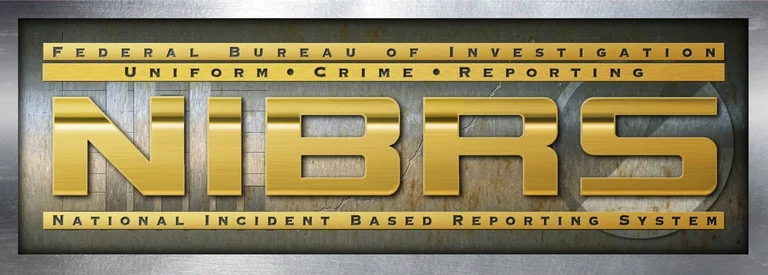Contact Us
To provide feedback on the Community Policing Dispatch, e-mail the editorial board at CPDispatch@usdoj.gov.
To obtain details on COPS Office programs, publications, and resources, contact the COPS Office Response Center at 800-421-6770 or AskCopsRC@usdoj.gov

U.S. Department of Justice
Office of Community Oriented Policing Services
Washington, DC 20530
 There’s a lot of talk about crime in the United States, especially in the news and among political figures. But for law enforcement agencies, it’s important to have a deeper and more accurate understanding of crime—not just the what, when, and where but also the how and why—and hard data they can use to better comprehend and more effectively address it.
There’s a lot of talk about crime in the United States, especially in the news and among political figures. But for law enforcement agencies, it’s important to have a deeper and more accurate understanding of crime—not just the what, when, and where but also the how and why—and hard data they can use to better comprehend and more effectively address it.
And now there’s a very detailed and comprehensive tool for doing so: the FBI’s National Incident-Based Reporting System (NIBRS) 2022 Report. Released in October 2023 and including data from the Uniform Crime Reporting (UCR) Program’s Summary Reporting System (SRS) as well, the 2022 report provides detailed information on more than 11 million criminal offences committed in that year.
These data, which were collected from 13,293 law enforcement agencies whose jurisdictions covered more than 256 million United States residents, includes comprehensive information, like the following, on crimes in 24 offense categories:
- Types and amount of property lost or damaged
- Demographic information about victims, offenders, and persons arrested
- The kinds of weapons, if any, which were used in the incident.
The NIBRS report also creates profiles of victims and offenders, provides details on the context of the incidents, and offers insight into incidents involving multiple offenses. In doing so, it offers information that American police departments and sheriffs’ offices can use for predicting trends and making operational and strategic decisions.
A data tool for resource assignment and support
Its findings, particularly when used in conjunction with the FBI’s Crime Data Explorer (CDE), a data tool that can be used by law enforcement managers to further identify trends, can be used as a basis for funding requests. By providing hard data to demonstrate an increase in fentanyl use, for instance, an agency can make the case for increased support of drug intervention efforts.
By providing even more circumstances—such as location of the crime, time of day, and whether the incident was cleared—the NIBRS provides more useful information for informed policing than the UCR Program’s SRS, which has since been integrated into the NIBRS. For this reason, the FBI has made nationwide implementation of NIBRS a top priority.
To encourage all law enforcement agencies to implement it, the FBI has certified all 50 U.S. states and the District of Columbia to report crime data to NIBRS and provides support for transitioning from the UCR on its NIBRS Resources for Law Enforcement site.
For information on using data for decision-making, please see Designing an Effective Law Enforcement Data Dashboard: Getting It Right and Why It Matters.
Subscribe to Email Updates
To sign up for monthly updates or to access your subscriber preferences, please enter your email address in the Subscribe box.






